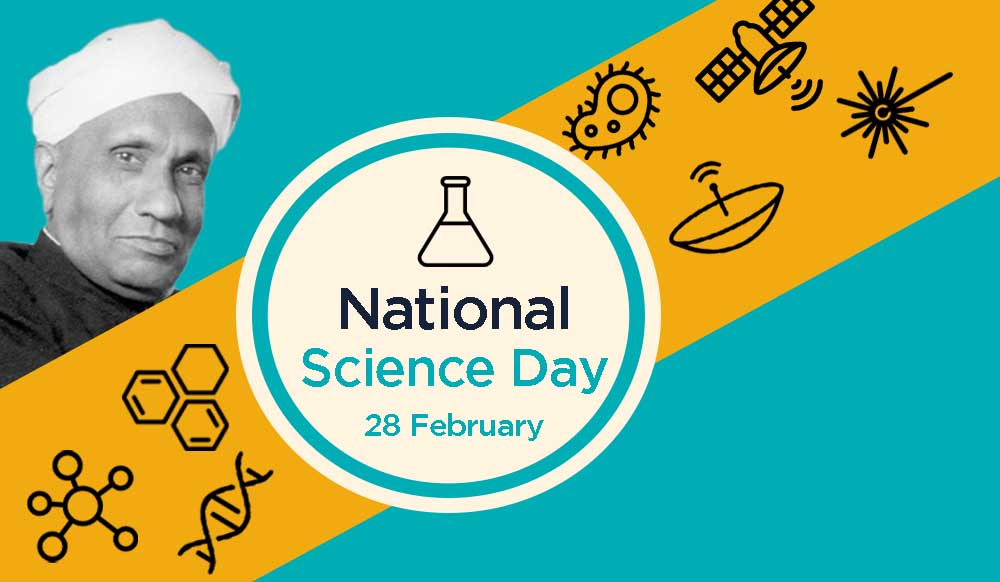Happy National Science Day 2023! Celebrated annually on February 28 in remembrance of C V Raman’s discovery of the “Raman Effect.” National Science Day was first observed on February 28, 1987. Chandrashekhara Venkata Raman, also known as CV Raman, was a Tamil Nadu-born physicist.
As National Science Day 2023 approaches, here is everything you need to know about Chandrashekhara Venkata Raman, the Indian physicist whose work in the field of light scattering is renowned internationally.
National Science Day 2023: Theme, Date, and Discovery of the ‘Raman Effect’ (newsd.in)
7 Interesting Facts Regarding Chandrashekhara Venkata Raman:
- This discovery earned CV Raman the 1930 Nobel Prize in Physics, making him the first Asian to win a Nobel Prize in any field of science.
- Using a spectrograph that he invented, Raman discovered that when light passes through a transparent material, its wavelength and frequency change. Subsequently, this phenomenon came to be known as the Raman effect or Raman scattering.
- In 1917, Raman resigned from the government and was appointed the first Palit Professor of Physics at the University of Calcutta, where he continued his research at the Indian Association for the Cultivation of Science (IACS)
- Raman and Bhagavantam discovered the quantum photon spin in 1932. This discovery demonstrates the quantum nature of light further.
- In his presidential address to the Royal Society in 1929, Dr. Ernest Rutherford, the scientist who discovered the atomic nucleus and proton, mentioned Raman’s spectroscopy.
- In addition to being an expert on light, Raman also conducted experiments in acoustics. He was the first to examine the harmonic nature of the sound of Indian drums like tabla and mridangam.
- On the first anniversary of Sir C V Raman’s passing, the Indian Postal Service issued a commemorative stamp featuring his spectroscopy reading and a diamond in the background.
The discovery earned Raman the 1930 Nobel Prize in Physics, making him the first Asian to win a Nobel Prize in any field of science. In 1954, he was awarded the Bharat Ratna, India’s highest civilian honour.


















